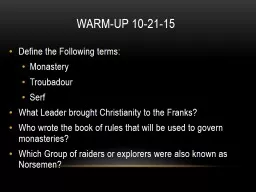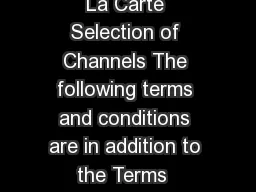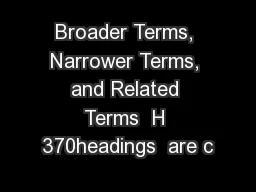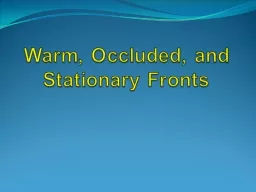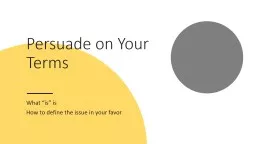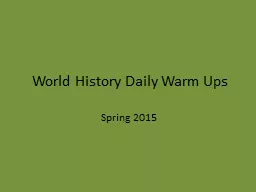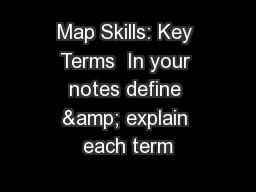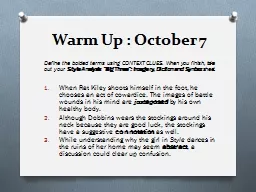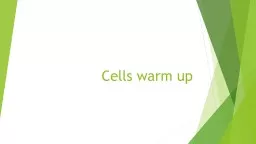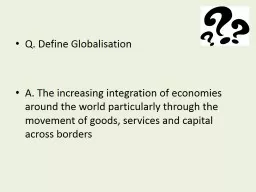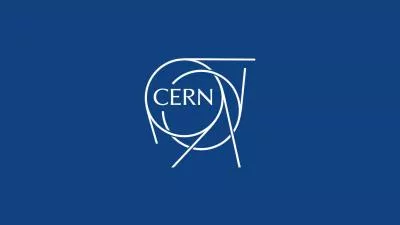PPT-Warm-up 10-21-15 Define the Following terms:
Author : debby-jeon | Published Date : 2018-10-14
Monastery Troubadour Serf What Leader brought Christianity to the Franks Who wrote the book of rules that will be used to govern monasteries Which Group of raiders
Presentation Embed Code
Download Presentation
Download Presentation The PPT/PDF document "Warm-up 10-21-15 Define the Following t..." is the property of its rightful owner. Permission is granted to download and print the materials on this website for personal, non-commercial use only, and to display it on your personal computer provided you do not modify the materials and that you retain all copyright notices contained in the materials. By downloading content from our website, you accept the terms of this agreement.
Warm-up 10-21-15 Define the Following terms:: Transcript
Download Rules Of Document
"Warm-up 10-21-15 Define the Following terms:"The content belongs to its owner. You may download and print it for personal use, without modification, and keep all copyright notices. By downloading, you agree to these terms.
Related Documents

